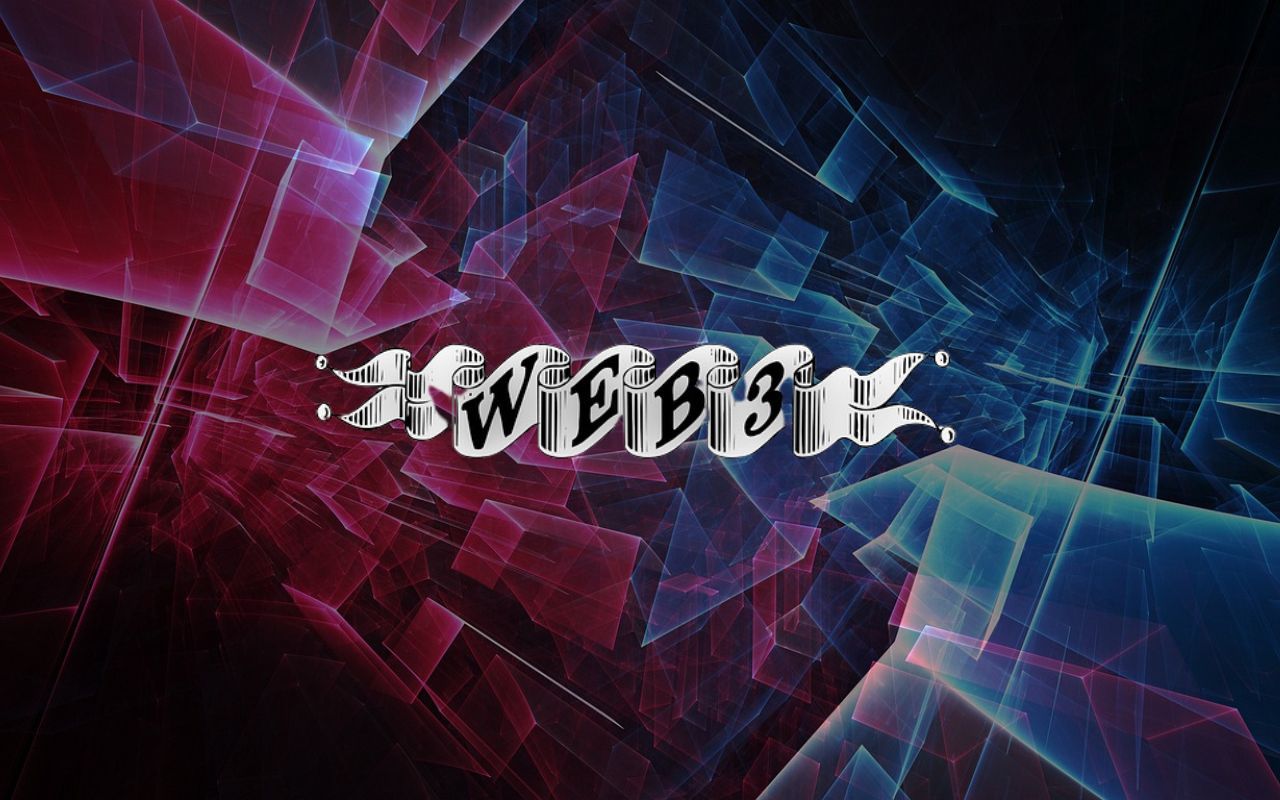Which Web3 Terms Do You Love?

Are you ready to explore the dazzling, ever-evolving world of Web3? It's a vibrant space filled with innovative technologies and groundbreaking opportunities.
Of course, a new era brings with it new vocabulary. But don't worry. We're here to help you get acquainted with all the terms and technologies that make up this exciting space.
Get acquainted with the popular crypto jargon - from 'unicorns' and 'memes' to long acronyms like DAO or NFT.
Ready for an exciting start to your journey through Web3? Let’s go!
Decentralization
Decentralized systems rely on multiple nodes or computers working together rather than depending on one centralized source of power or control. This means that no single node can make decisions without consulting others connected within the network first, thereby creating a more resilient system in which all nodes work together toward achieving common goals.
Blockchain
A decentralized, distributed database that uses cryptography to record transactions and keep them secure. It’s often described as an incorruptible digital ledger because it doesn’t allow any changes once data has been recorded onto it; thus providing strong security measures while maintaining accuracy over time. Blockchain technology is the foundation of many Web3 applications and is used to create transparent and secure systems for storing and transferring data and value.
Cryptocurrency
A digital or virtual currency that uses cryptography for security is decentralized, meaning it is not controlled by a central authority such as a bank or government. Cryptocurrencies are often used in Web3 applications to transfer value and make payments.
Smart contract
Smart contracts are computer programs or scripts that automatically execute predefined actions upon certain conditions being met between two parties involved in a transaction or agreement, removing intermediaries from contractual agreements, thus making them faster & cheaper while still enforcing trust amongst transacting parties regardless if they know each other personally or not.
Decentralized application (DApp)
An application that runs on a decentralized network, such as a blockchain, rather than a single central server. DApps can be open source and decentralized, meaning they are not controlled by a single entity.
DApps are decentralized applications that run on a blockchain. They are open-source and use smart contracts to facilitate, verify, and enforce the negotiation or performance of a contract.
Decentralized Autonomous Organizations (DAOs)
Decentralized Autonomous Organizations (DAOs) are a type of organization that uses blockchain technology to create an automated digital entity that is independent of any human or organizational interference. This autonomy enables DAOs to circumvent intermediaries in traditional financial and economic systems, making them more efficient, transparent, and self-sustaining. The goal is for DAOs to have no central decision-making authority since participants make decisions based on predetermined rules encoded into their software protocols.
Peer-to-peer (P2P)
A type of network in which each participant has equal privileges and can act as both a client and a server. In a P2P network, there is no central server or authority, and participants can communicate and transact directly with each other.
P2P networks are networks in which each participant is both a consumer and a provider of resources. In a P2P network, there is no central authority or server, and all participants are equal.
Distributed ledger technology (DLT)
DLT refers to various databases distributed across numerous yet interconnected peers for storage & processing purposes instead of relying upon one centralized server for all its transaction needs. This type has become very popular due to its improved security and ability to quickly process large amounts of transactional data compared to centralized solutions.
Decentralized finance (DeFi)
A financial system built on blockchain technology that allows for the creation and exchange of financial instruments and services in a decentralized manner. DeFi applications often use smart contracts and cryptocurrency to enable new financial transactions and services.
Non-fungible tokens (NFTs)
NFTs are unique digital assets stored on a blockchain and represent ownership of a one-of-a-kind item, such as artworks and collectibles that have value due to their uniqueness or scarcity. NFTs are non-fungible, meaning they cannot be exchanged for other tokens or assets on a one-to-one basis. And they are usually powered by predefined smart contracts operating on one distributed ledger protocol like Ethereum’s ERC721 standard (for example).
Tokenization
Tokenization is the process of representing a real-world asset, such as a piece of property or a work of art, as a digital token on a blockchain. Tokenization allows for the creation of liquid, tradable assets that can be easily bought and sold on a blockchain platform.
Metaverse
The Metaverse is a virtual shared space created by the convergence of virtually enhanced physical reality and physically persistent virtual space, including the sum of all virtual worlds, augmented reality, and the internet. It is a collective virtual shared space created by the convergence of virtually enhanced physical reality and physically persistent virtual space, including the sum of all virtual worlds, augmented reality, and the internet.
I hope this helps!
Check out our cool shorts on TikTok or YouTube about the Web3 Terms I Love.
Consortium 21, as a MarTech company, can help business owners navigate this complex Web3 and rapidly evolving space by providing expert consulting and solutions for implementing Web3 technologies.
By embracing Web3, business owners can stay ahead of the curve and gain a competitive edge.
If you are interested in embarking on Web3 space with Consortium 21, contact Ms. Kate via WhatsApp.
